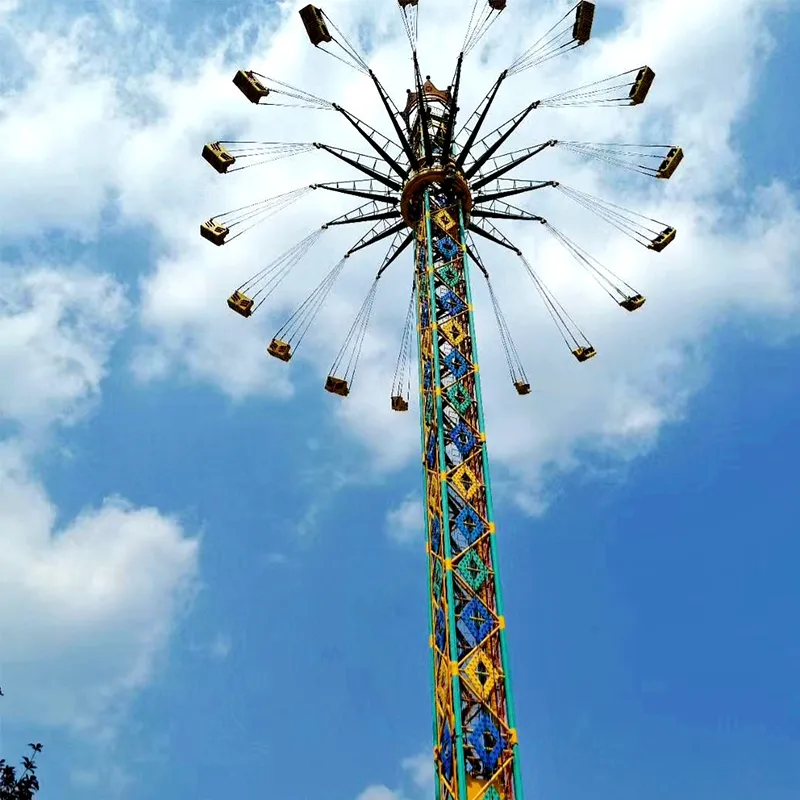- Albanian
- Arabic
- Belarusian
- Bengali
- Czech
- English
- French
- German
- Hebrew
- Hungarian
- Indonesian
- irish
- Italian
- Japanese
- kazakh
- Persian
- Russian
- Thai
- Uzbek
- Vietnamese
roller coaster graph equations
The Mathematics Behind Roller Coaster Graph Equations
Roller coasters captivate millions of thrill-seekers around the world each year. Their steep drops, sharp turns, and exhilarating loops make them a hallmark of amusement parks. However, the thrilling experience of a roller coaster is not just a product of design and engineering; it heavily relies on mathematical principles and graph equations. In this article, we'll explore the relationship between roller coasters, mathematics, and graph equations.
Understanding Roller Coaster Dynamics
At its core, a roller coaster is designed to harness the principles of physics, particularly the forces of gravity and inertia. The ride begins at a significant height, converting potential energy into kinetic energy as the coaster descends. The roller coaster's path can be represented as a series of curves and lines, akin to a mathematical function graphed on a Cartesian plane. This is where graph equations come into play.
The various elements of a roller coaster can be modeled using different mathematical functions. For example, a typical drop on a roller coaster can be represented by a parabolic equation, reflecting the gradual slope of the descent. The general form of a parabolic function is
\[ y = ax^2 + bx + c \]
where \( a \), \( b \), and \( c \) are constants that determine the direction and steepness of the parabola. When engineers design a roller coaster, they carefully calculate these values to ensure the drop is thrilling yet safe.
Loops and Turns
In addition to drops, loops are an iconic feature of roller coasters. These vertical loops can also be graphed using mathematical equations. The shape of a loop is often approximated using a circular function, where the circumference defines the path that riders will take.
The equation of a circle in a standard form is
\[ (x - h)^2 + (y - k)^2 = r^2 \]
where \( (h, k) \) is the center of the circle, and \( r \) is the radius. This function helps engineers determine the optimum size of the loop, ensuring that it provides an exciting experience without excessive g-forces that could be dangerous for riders.
roller coaster graph equations

The Sine Wave Hills and Valleys
Another common feature in roller coaster design is the use of sine waves to create rolling hills and valleys
. The mathematical function for a sine wave is represented as\[ y = A \sin(B(x - C)) + D \]
where \( A \) represents the amplitude (height of the wave), \( B \) determines the frequency (how many waves appear over a distance), \( C \) is the horizontal shift, and \( D \) is the vertical shift. By tweaking these parameters, engineers can create smooth ascents and descents, ensuring that riders are not subjected to abrupt changes that could lead to discomfort or injury.
Safety First Calculating G-Forces
One of the paramount concerns in roller coaster design is the safety of the riders. Engineers must consider the g-forces experienced during the ride, which result from acceleration and deceleration in turns and drops. The net force acting on the passengers is critical, and calculations must be made to prevent excessive g-forces that could cause harm.
The g-force experienced by a passenger can be modeled using the equations of motion and centripetal acceleration. A simple formula for calculating the g-force (\( g_{net} \)) can be expressed as
\[ g_{net} = \frac{v^2}{r} \]
where \( v \) is the velocity, and \( r \) is the radius of curvature in a turn. Engineers use this equation to ensure that the forces remain within acceptable limits, maintaining a thrilling yet safe experience for riders.
Conclusion
The design and execution of roller coasters are a remarkable intersection of art and science, where thrill meets meticulous mathematical planning. From parabolic drops to circular loops and sine wave hills, every curve and drop relies on mathematical equations that ensure safety and excitement.
As roller coaster technology advances, the role of graph equations will only become more critical, pushing the boundaries of what thrill-seekers can experience. So, the next time you buckle in for a wild ride, remember the math that keeps you safe as you soar through the air and feel the rush of adrenaline!
-
Flume Ride-Hebei Zhipao Amusement Equipment Manufacturing Co., Ltd.|Thrilling Water Attraction&Customizable DesignJul.30,2025
-
Flume Ride - Hebei Zhipao Amusement Equipment | Water Coaster, Thrilling DescentJul.30,2025
-
Flume Ride - Hebei Zhipao | Thrilling Water AttractionJul.30,2025
-
Flume Ride: Thrilling Water Attraction by Hebei Zhipao|Log Flume Manufacturers&Flume Ride DesignJul.30,2025
-
Flume Ride-Hebei Zhipao Amusement Equipment Manufacturing Co., Ltd.|Thrilling Water Coaster, Safe DesignJul.30,2025
-
Flume Ride-Hebei Zhipao Amusement Equipment Manufacturing Co., Ltd.|Thrilling Water Attraction, Safe DesignJul.30,2025
